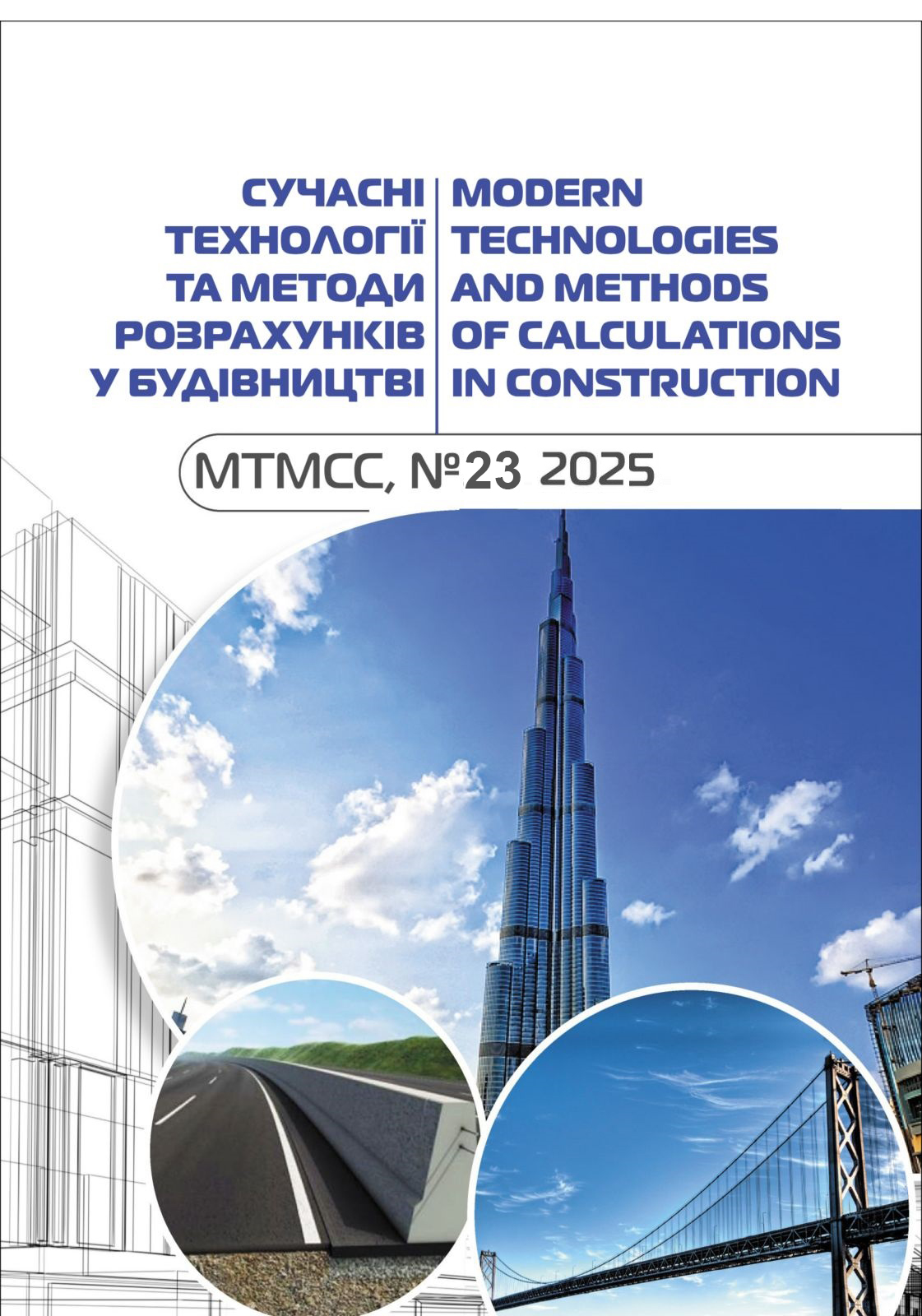Integration of glass into architecture and urban development
Abstract
The article examines the main directions of glass integration into modern architecture and its impact on the development of urban space of cities. Glass, as a universal and at the same time complex architectural material, plays an important role in the formation of new aesthetics, functionality and environmental friendliness of buildings, especially in conditions of increasing density of the urban environment. Its use allows for transparency, lightness of structures, improved natural lighting, and visual expansion of space, which meets the challenges of modern urban planning.
Attention is focused on architectural trends of the 21st century, in particular, on the spread of glass facades, roofs, partitions, and other structural elements in residential, public, administrative, and infrastructure buildings. Examples from leading world megacities, such as London, New York, as well as Ukrainian cities – Kyiv, Lviv, Kharkiv – where architecture with a significant proportion of glass elements contributes to the renewal of the urban environment, the creation of an open, bright, interactive space are analyzed.
Particular attention is paid to issues of energy efficiency and sustainable development. It is noted that the use of the latest technologies in glass production (energy-saving, selective, multifunctional glass, triplex, double-glazed windows with inert gas) helps reduce the energy consumption of buildings, increases their thermal insulation, reduces the carbon footprint and complies with the principles of green architecture. Glass structures also open up wide opportunities for the integration of renewable energy sources – photovoltaic panels, active facades and solar batteries.








